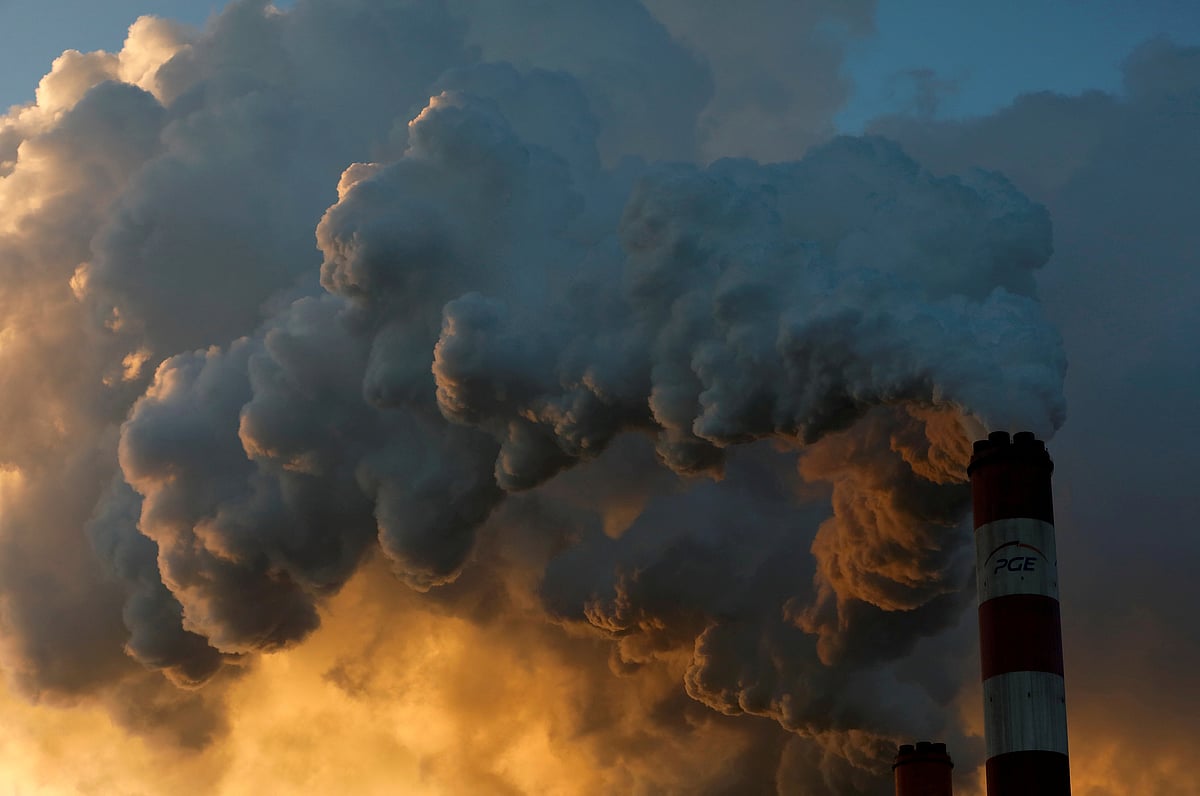
Global climate goals threatened by lack of clean tech collaboration: IEA
Global efforts to reduce emissions and curb rising temperatures are threatened by a lack of collaboration between countries in sharing and developing new technology, the International Energy Agency (IEA) said in a report on Tuesday.
Major economies around the world such as the United States, and European countries are seeking to reach net zero emissions by 2050 to try to limit a rise in global temperatures well below 2 degrees Celsius, requiring huge changes in energy production, transportation and food production.
“Through international collaboration, we can make the transition quicker, cheaper and easier for everyone,” IEA executive director Fatih Birol said in a statement with the first Breakthrough Agenda report, released on Tuesday with the International Renewable Energy Agency (IRENA) and the UN Climate Change High Level Champions.
“Without this collaboration, the transition to net zero emissions will be much more challenging and could be delayed by decades,” he said.
The report said collaboration needed to ramp up and made 25 recommendations including increasing cross-border power super grids to support cross country trading in low-carbon power such as wind and solar.
It also said countries should agree a common date by which all new vehicles should be zero emission, such as electric vehicles, suggesting 2035 for cars and vans and 2040 for heavy duty vehicles.
“This will send a clear signal to industry and unlock larger economies of scale and faster cost reductions, making the transition more affordable for all countries,” the report said.
Countries should also work to increase the production of low-carbon steel to over 100 million tonnes by 2030 from less than 1 million tonnes today, it said.
The report was requested by world leaders at last year’s COP climate conference in Glasgow, Scotland, to help align actions and scale up investment in technology in five major sectors, power, road transport, steel, hydrogen and agriculture, that account for around 60 per cent of global greenhouse gas emissions.